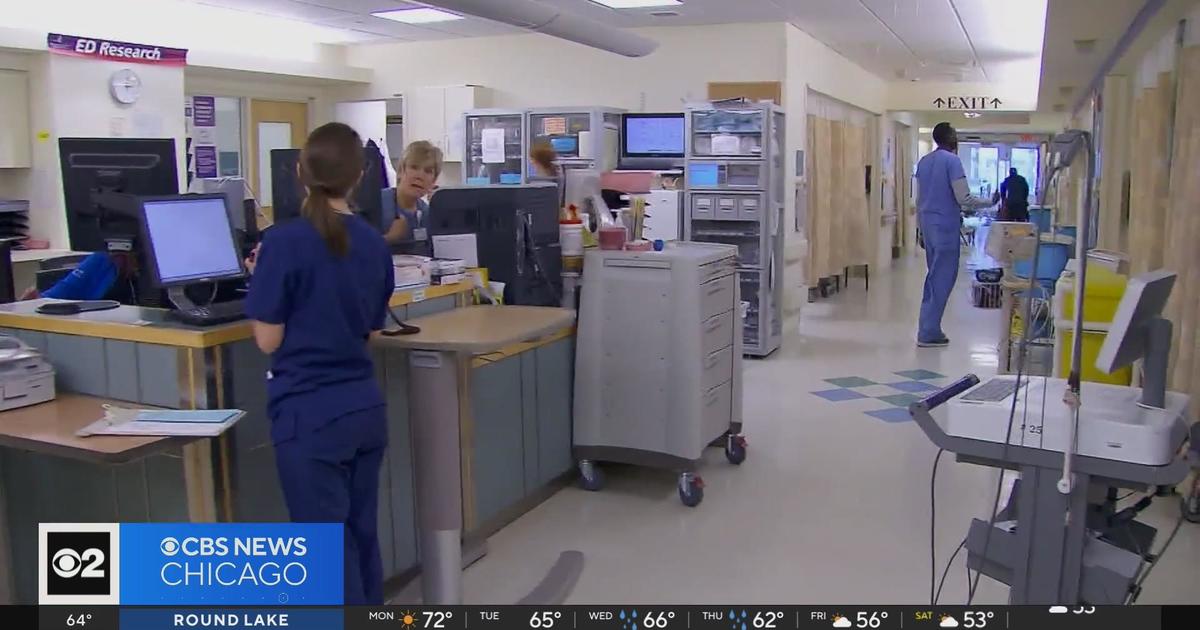Salt: From Mine, To Your Street
CLEVELAND (CBS) – The messy sidewalks and roads we've seen this week are getting a healthy dose of salt. But where does it all come from?
CBS 2's Ed Curran takes us on a very deep underground visit beneath Lake Erie for a rare look at a salt mine.
For Superintendent John Greuber, it's off to the Cargill salt mine every morning – 180 stories below ground.
It's deeper than the Willis Tower is tall, including the antennas. Safety is a top concern. Miners carry emergency breathing equipment, just in case.
The salt is 300 million years old – the mine, just over 50. The main tunnels are 20 feet high and 45 feet wide. Heavy equipment comes down in pieces and is assembled on-site. It never goes back up.
Before blasting, the walls are prepared by drilling holes 20 feet deep. Every afternoon, it's showtime.
After the blasting's done, a huge pile of salt ready to be scooped up and processed.
The salt boulders are picked up and broken up, then they take a 3.5-mile conveyor ride to the screening plant, where they become the rock salt used on roads.
The elevator lifts salt to the surface -- about 20 tons, a truckload, every 90 seconds.
Later, when it's spread on the roads, it's activated by a thin layer of water on the ice and snow. Salt prevents ice formation and promotes melting by lowering the freezing point of water from 32 degrees to as low as minus 6.
It takes a lot of salt to keep traffic moving. Naperville used 1,000 tons of salt, or 2 million pounds, just to battle the recent blizzard. In Glenview, they used about 303 tons for the historic storm; don't worry, there are still 1,400 tons of Cargill salt in the dome there.



